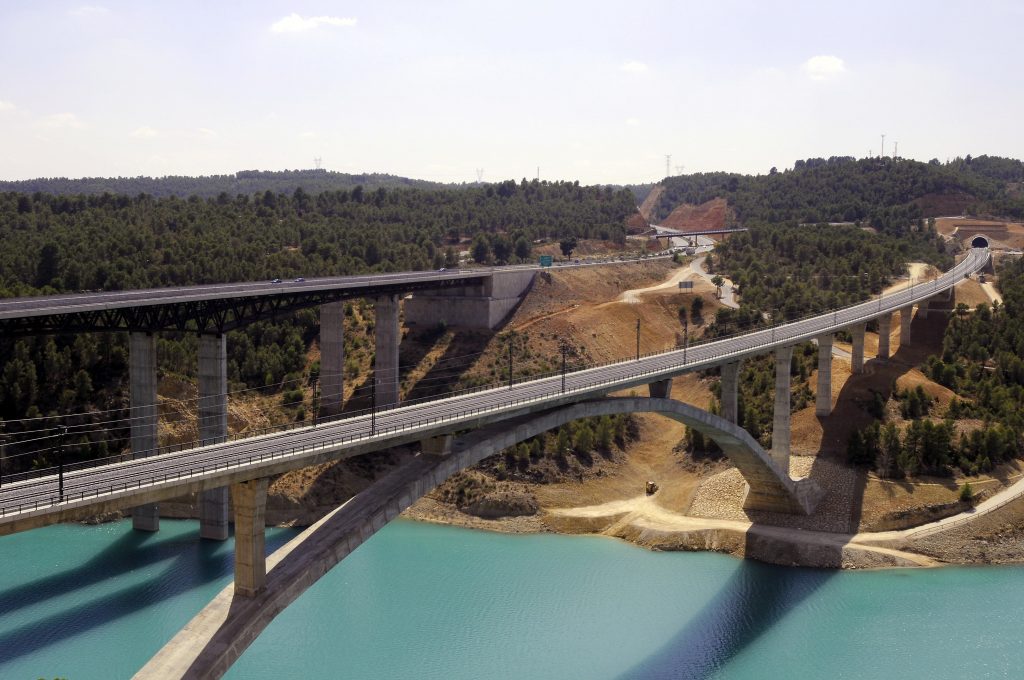The renewal of the Spanish rail network over the last 30 years has been an economic, social and historic revolution for Spain. We have gone from an obsolete and unreliable rail network in the 80s to one of the most modern, fast and safe networks in the world. Some sections are still under development, but overall, it was a real social and national success that has contributed to structuring the country and has given an image of modernity never achieved before. All of this was accomplished thanks to the high investment effort made by public administrations and the quality of Spanish rail companies and industry.
This renewed and expanded rail network was one of the factors that contributed to boosting the tourism industry in Spain, in a country that already had the geographical, cultural and gastronomic attractions that are so well known worldwide.
Quality infrastructures are essential to underpin this industry in any country, and those transport-related are even more so. Spain has good airports that allow for the arrival of tourists from all over the world, but railways, and in particular High-Speed lines have allowed for visitors to move more easily throughout the country and, as a consequence, the wealth generated by this industry was distributed in a better and more sustainable way. The travel time between Barcelona and Madrid has been reduced to 2h30; Valencia is only 1h30 from the capital and to visit the wonders of Seville, once a distant city, it takes only 2h30 from Madrid. The appeal of the AVE (High Speed rail) is so great that, among travellers who choose rail or plane to travel to these cities, 90% of travellers between Madrid-Seville, Madrid-Malaga, and Madrid-Valencia chose the AVE , 62% in the case of those travelling between Madrid and Barcelona.
In recent years, Adif has made progress in the completion of other high-speed sections, such as those that lead to the southeast and northwest; towards the Basque Country and the French border, and also, of course, towards Granada, one of the treasures of this country. There are still some lines to be completed, for example, the access to Galicia is scheduled to be finished this year, a line that will give access to a peripheral area of great scenic and cultural wealth, and at the same time will bring its citizens closer to the rest of the country.
Our aim is to reach or exceed the tourism figures for 2019, before the COVID pandemic, when almost 84 million tourists visited our country, placing Spain as the second most visited country in the world. An absolute necessity for this country, when this industry represents 12% of the national GDP (2019).
Rail, and not just high-speed rail, is the best option for the recovery of tourism in Europe. Spain has experienced this in the past and Adif is carrying out the mission of expanding and maintaining in the best conditions a modern and safe rail network, which has played a key role during this last pandemic, ensuring the mobility of people and goods under very difficult circumstances.
Our task as infrastructure managers is of great importance, since we can ensure that tourism-generated wealth flows back into Spain and the rest of Europe, when sanitary conditions allow it. And it will be a greener, more sustainable, safer and more demanding tourism, which is why we face crucial challenges that will force us to rethink strategies and to get more involved than ever to place railways in a more relevant place in the transport sector.


